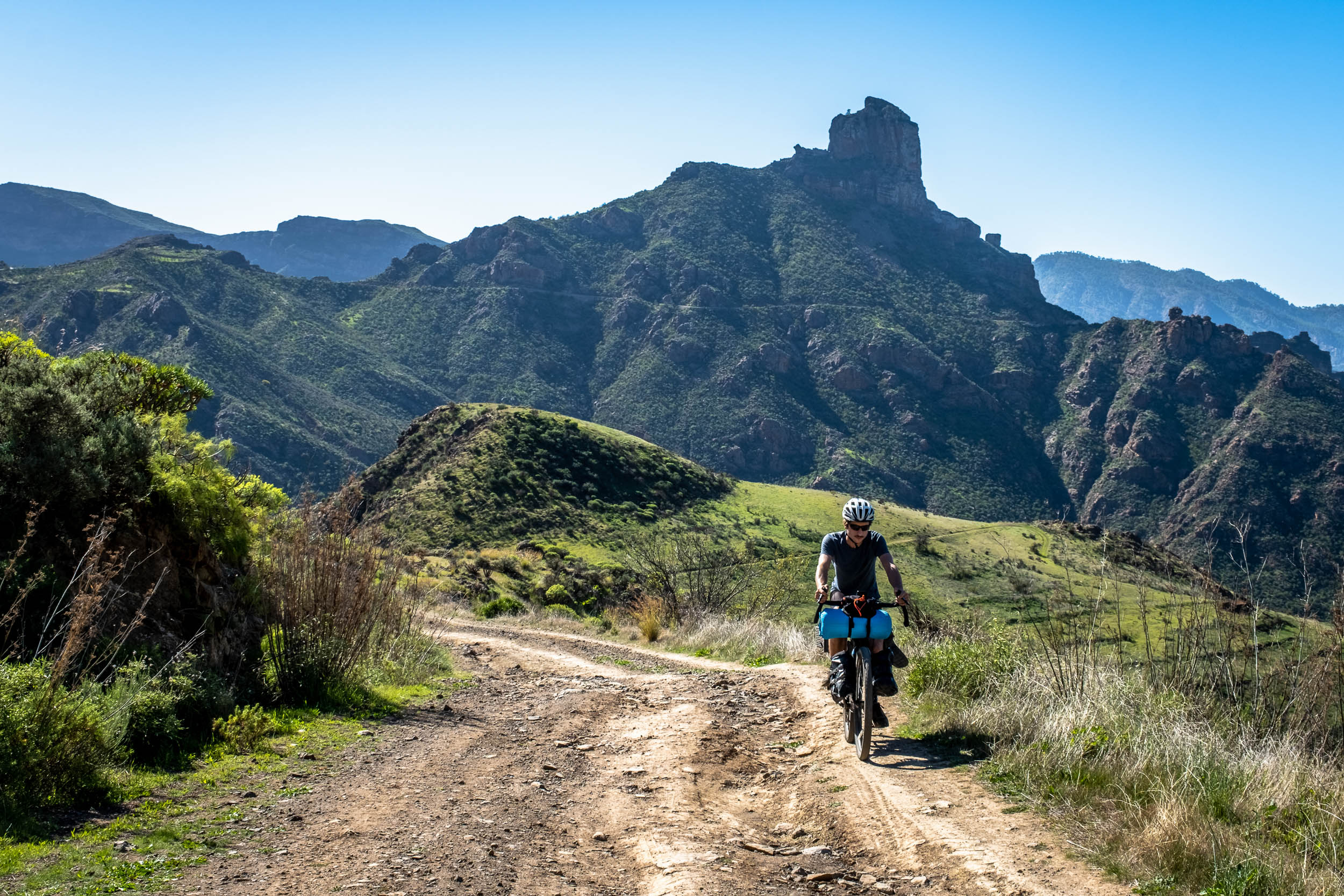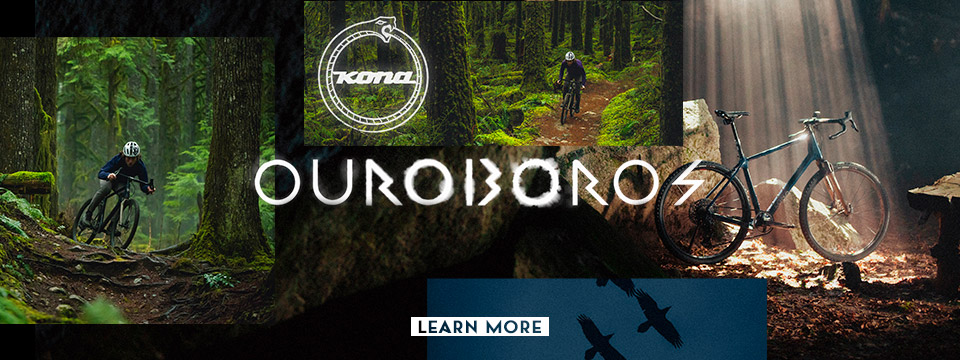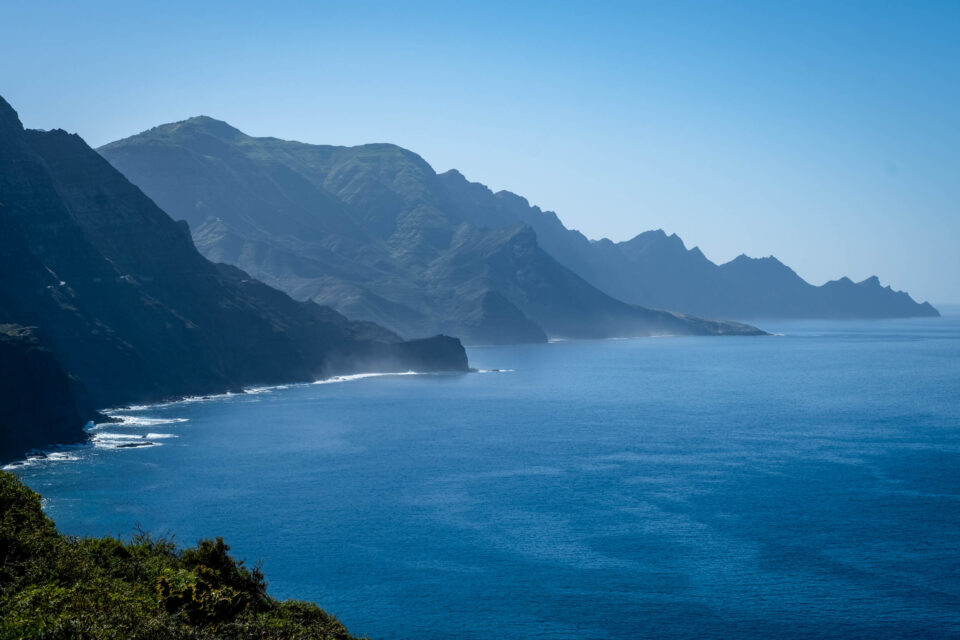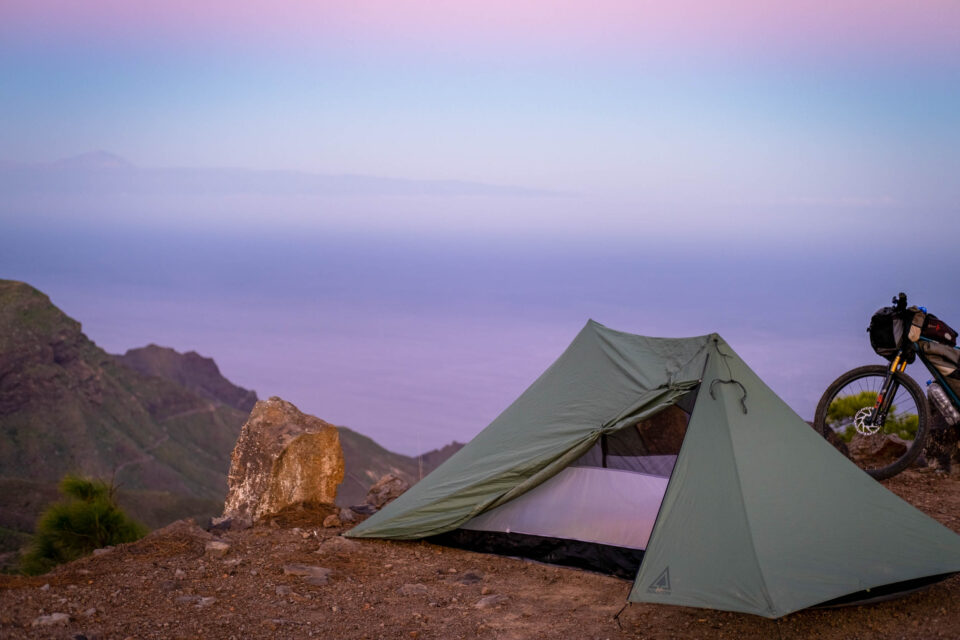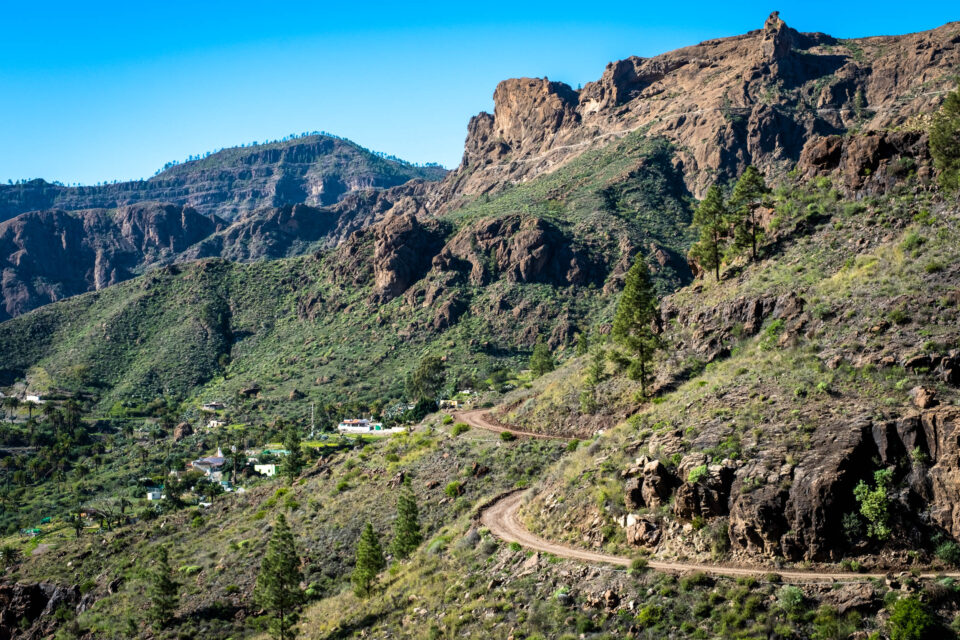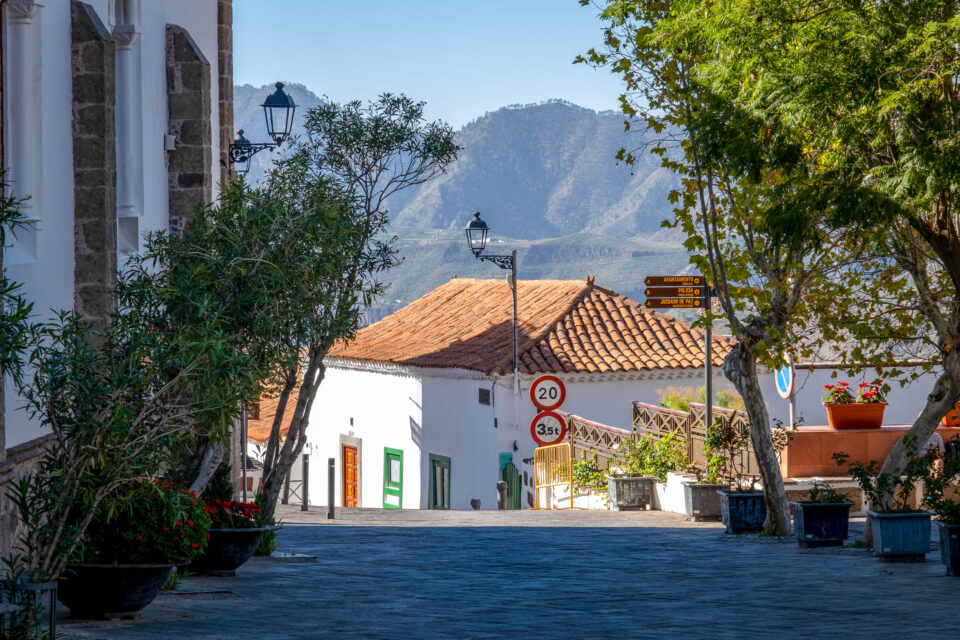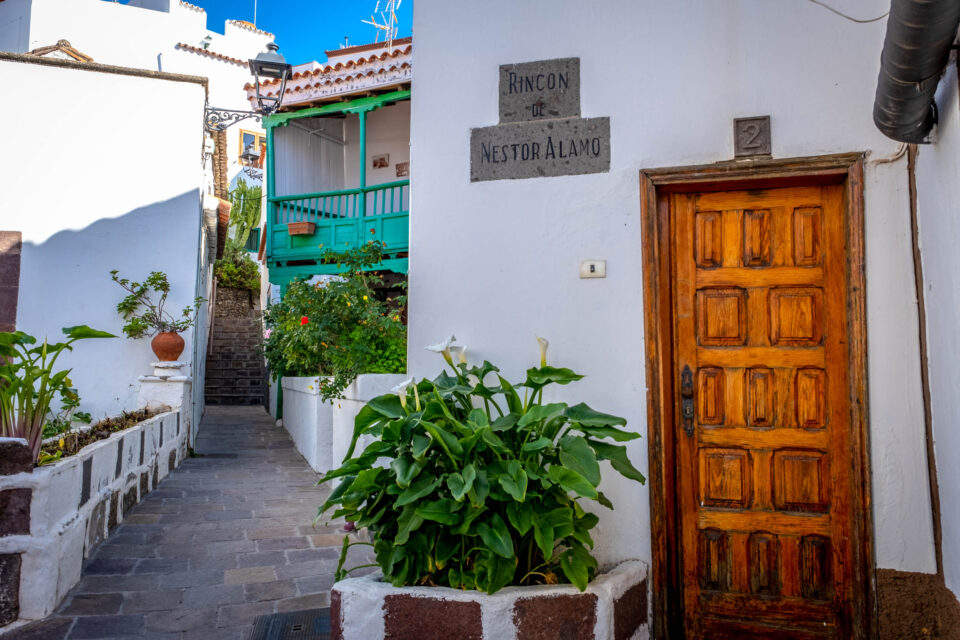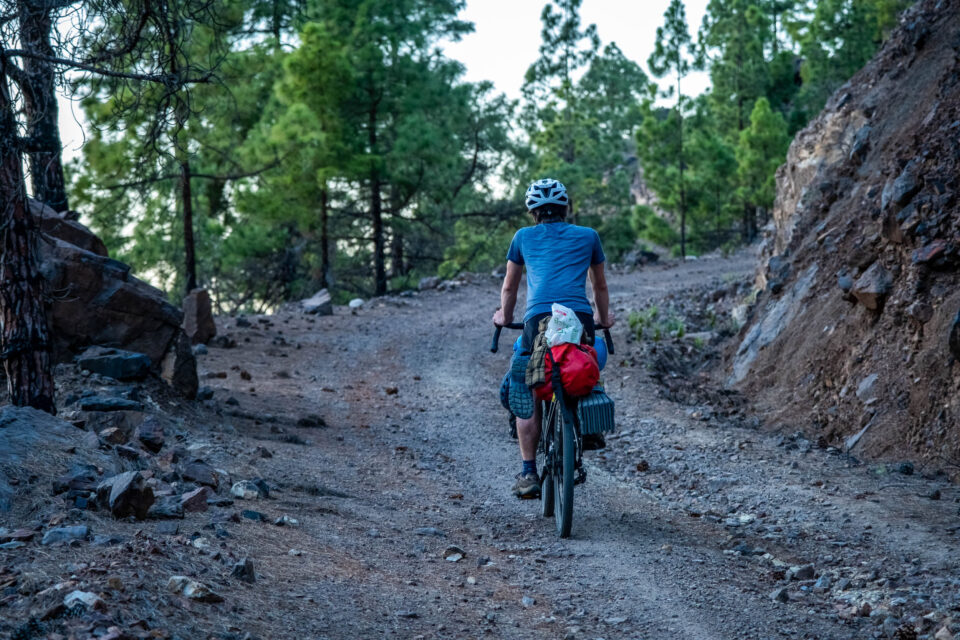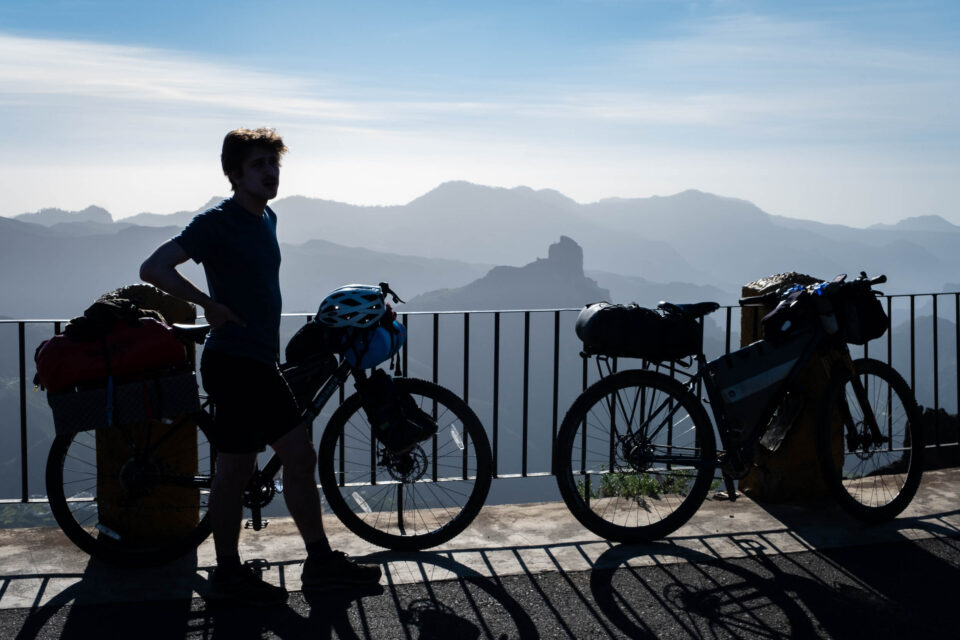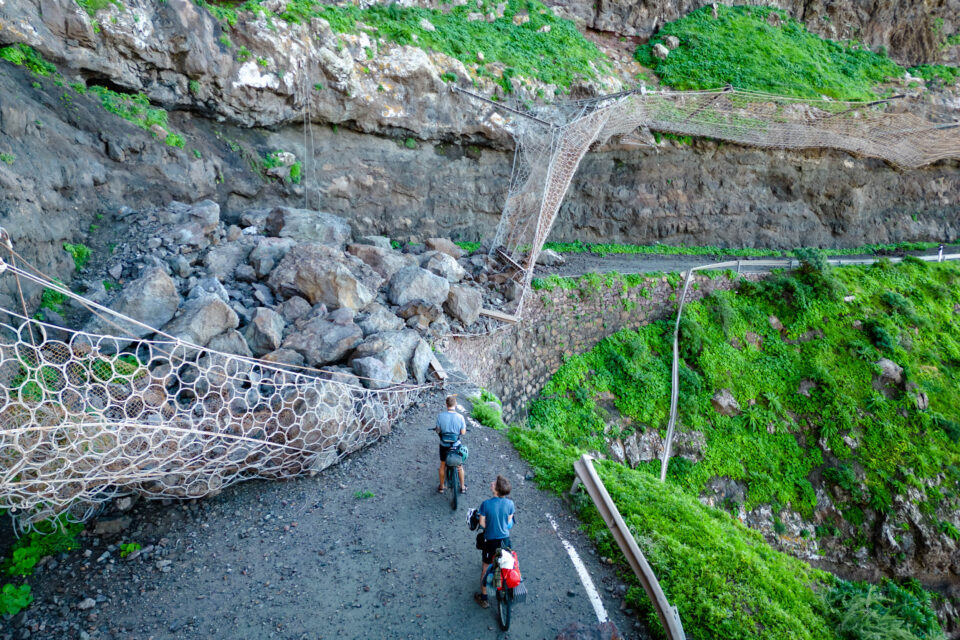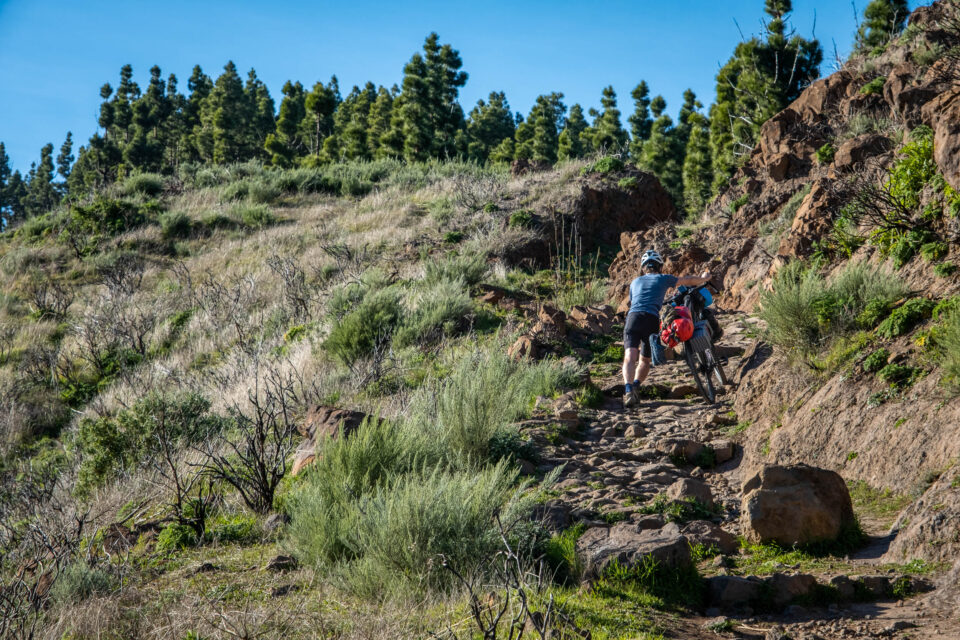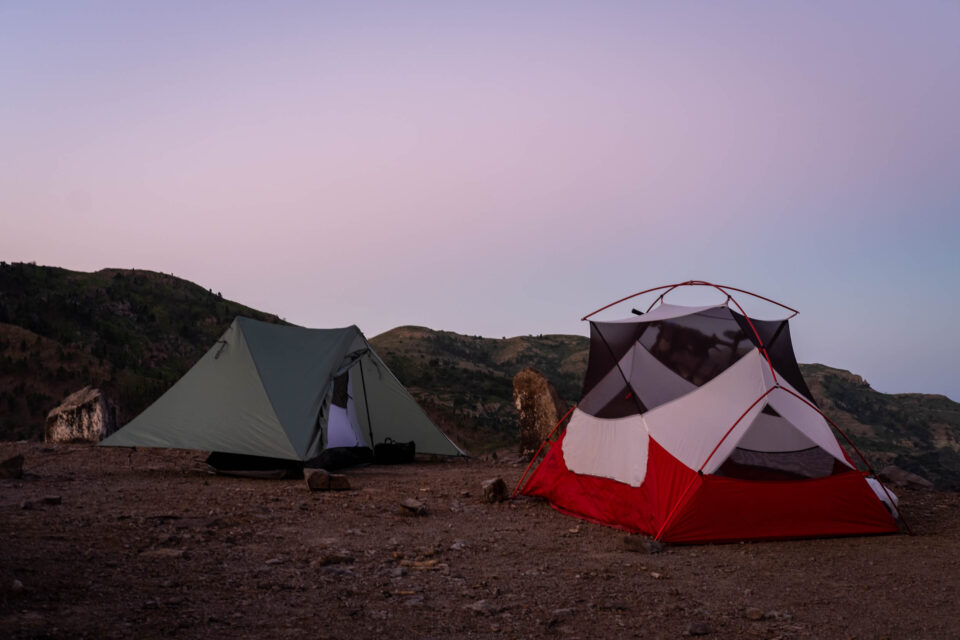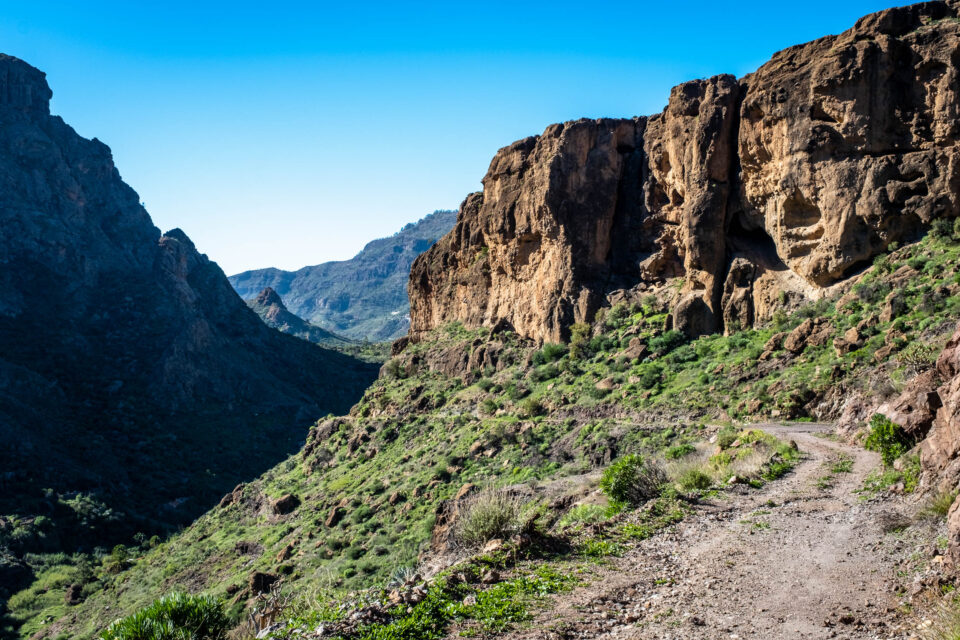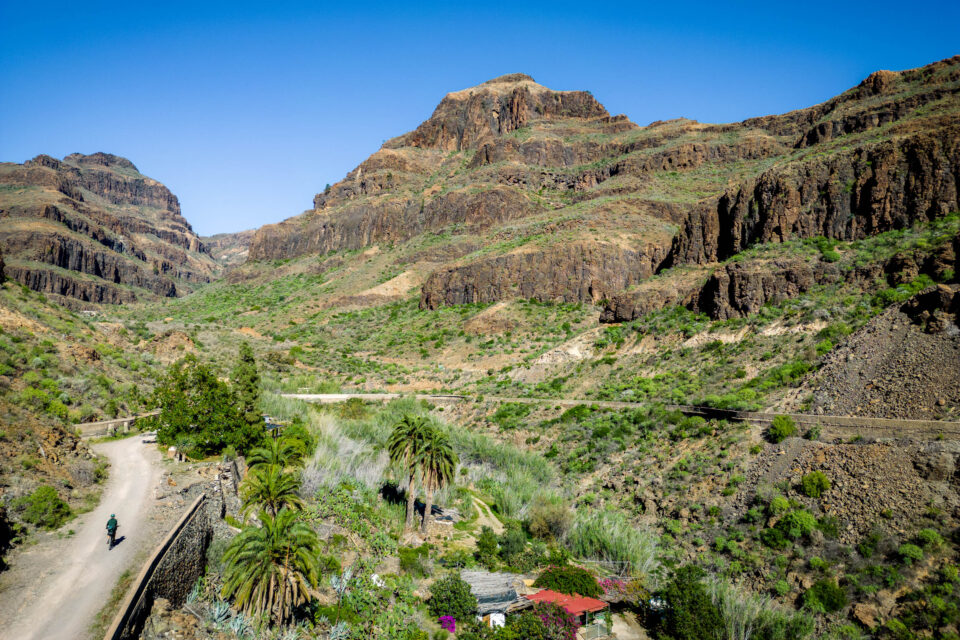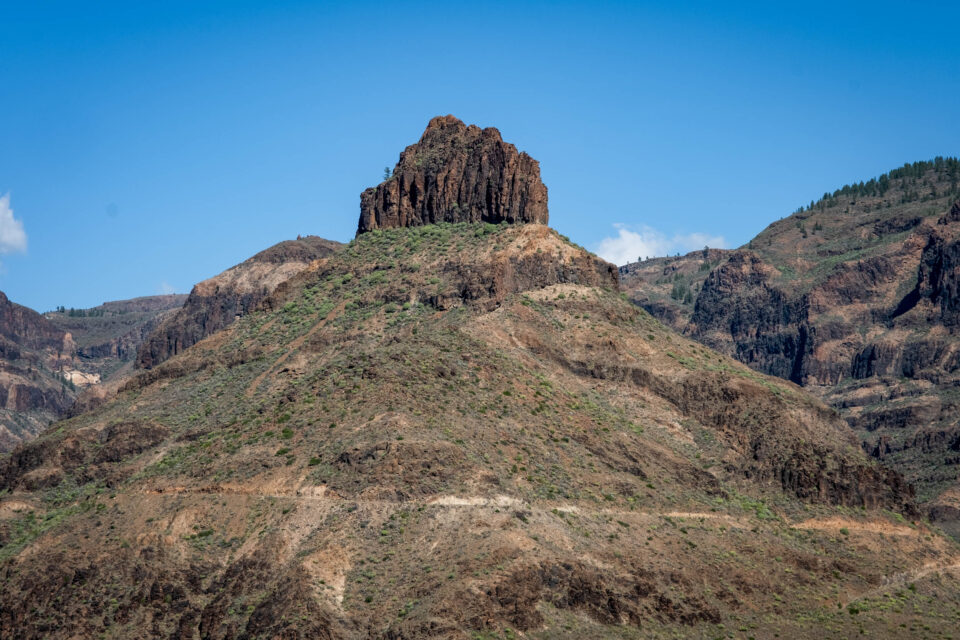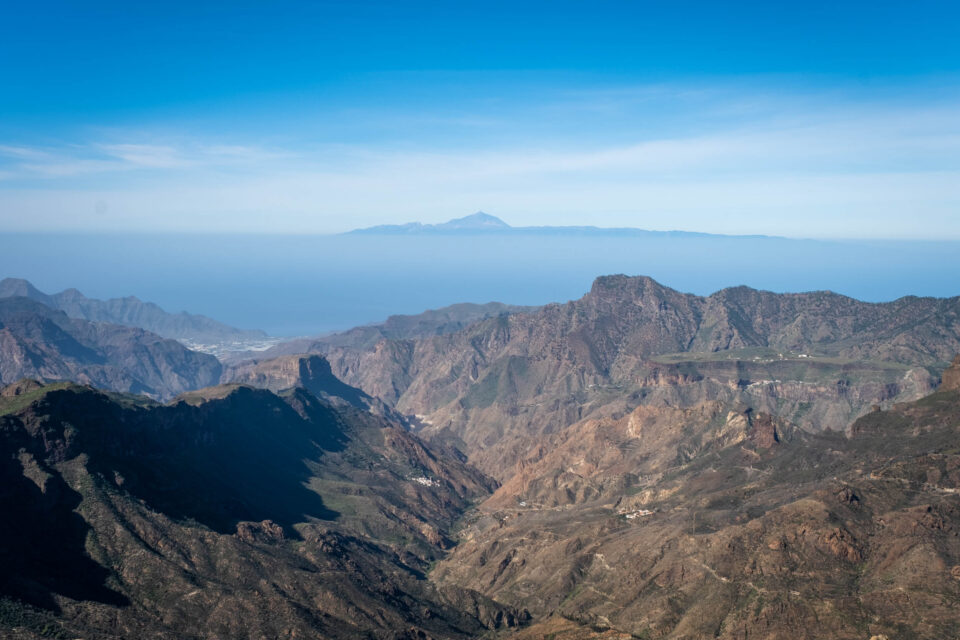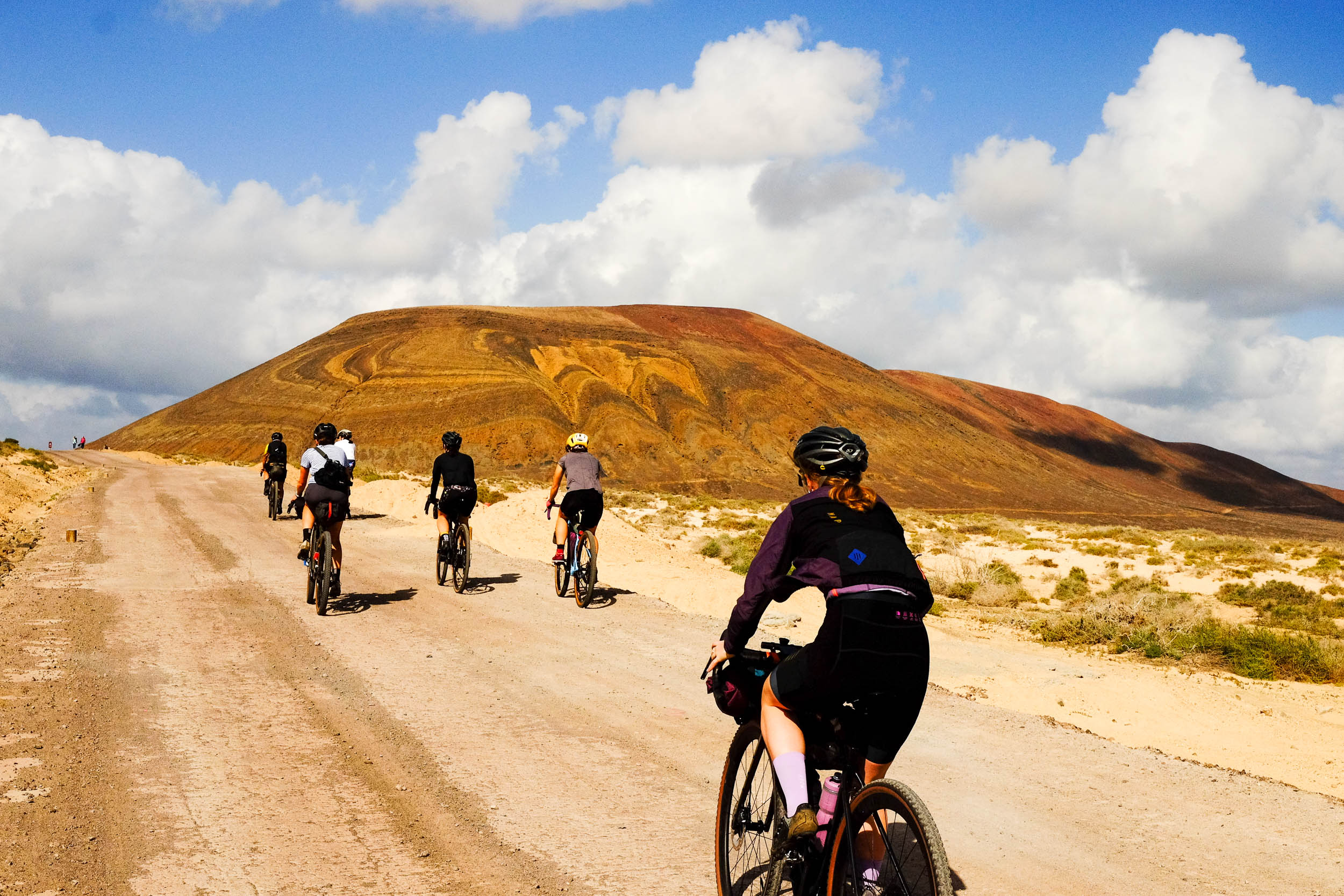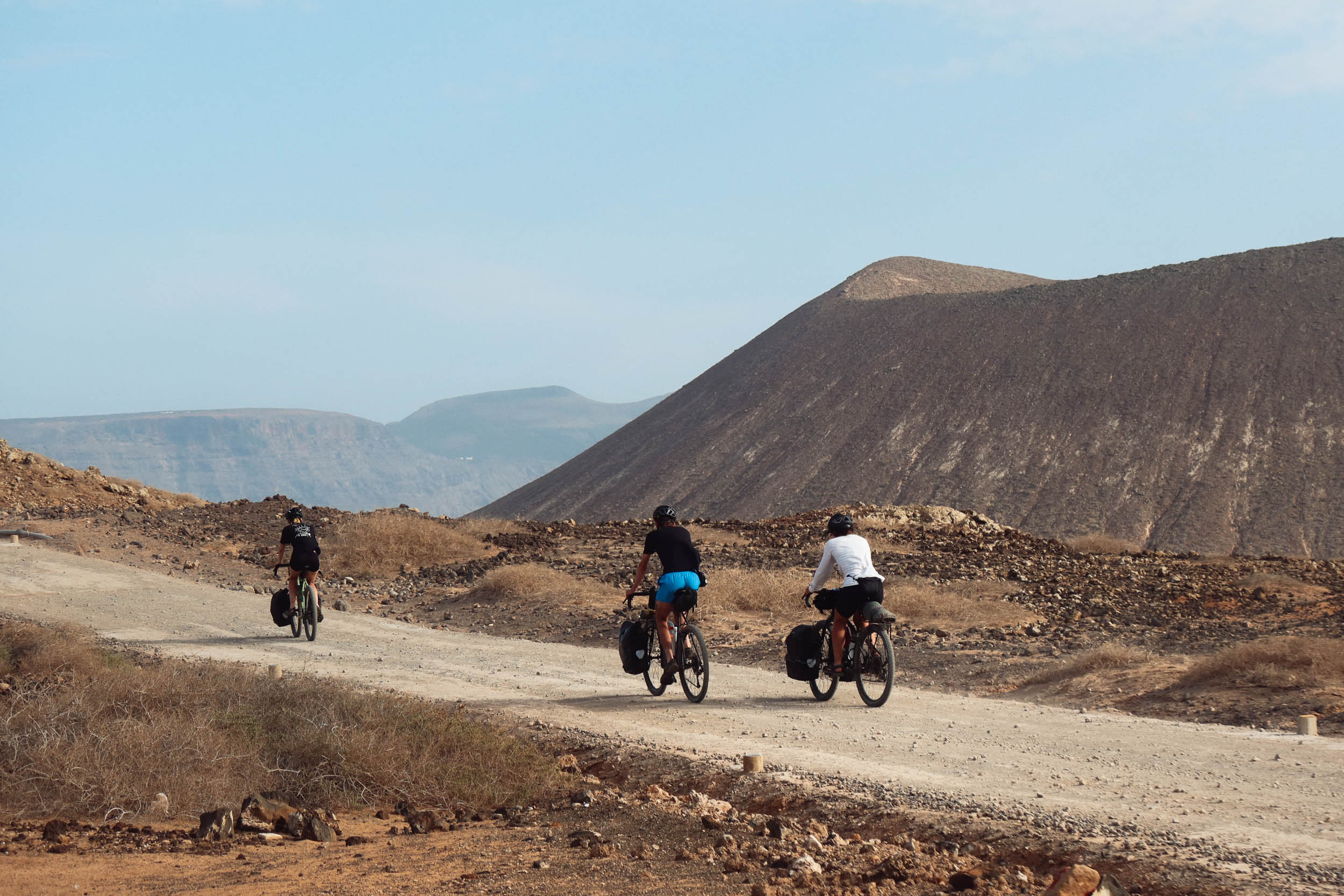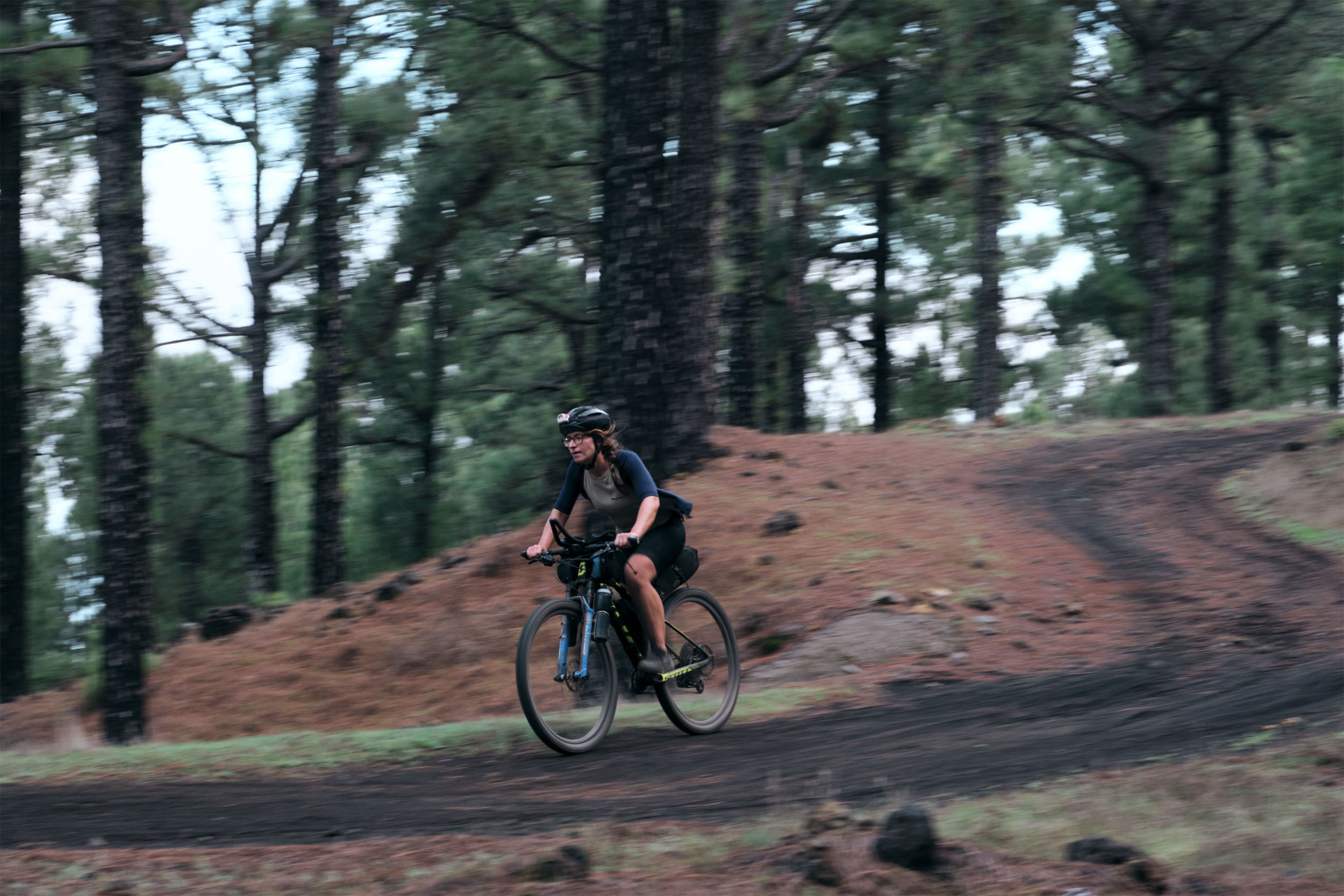Bikepacking the Gran Canaria Grande (Video)
After a couple of winters spent scouting, Tristan Ridley’s latest video documents his first full ride of the new Gran Canaria Grande bikepacking route in Spain’s spectacular Canary Islands. You can watch the full 45-minute video and learn all about the dramatic five-day bikepacking route and its development here…
PUBLISHED Mar 21, 2023
Words, photos, and video by Tristan Ridley (@tristanrid)
For many people, the Canary Islands are all about sunshine, beaches, and booze, but half-hidden behind an outward veneer of sunscreen, resorts, and package holidays, the islands hold enormous potential for cycling of all disciplines. Bikepacking is no exception. The islands have spectacular scenery, a wealth of roads, tracks, and trails to explore, and a remarkably diverse array of landscapes. The last few years have seen the Canaries gain more exposure within the cycling community due to the fantastic work of Matteo Minelli in putting together the GranGuanche routes, which cross all seven of the major islands. Several organised races following the GranGuanche routes are now held yearly, with many of the biggest names in endurance cycling having already taken part.
I first visited the Canary Islands in November 2021, flying into Gran Canaria with my bike, gear, and only a rough plan for how I would spend the following few months. I chose the Canaries because I wanted to escape the damp, dark misery of the northern European winter. The Canaries—located just off the northwest coast of Africa—are blessed with a fantastic climate that tends to be good all year round. As part of Spain, the Canaries are also part of the EU, which makes things easy in terms of visas and SIM cards. Plus, flights from Europe are inexpensive, even with a bicycle.
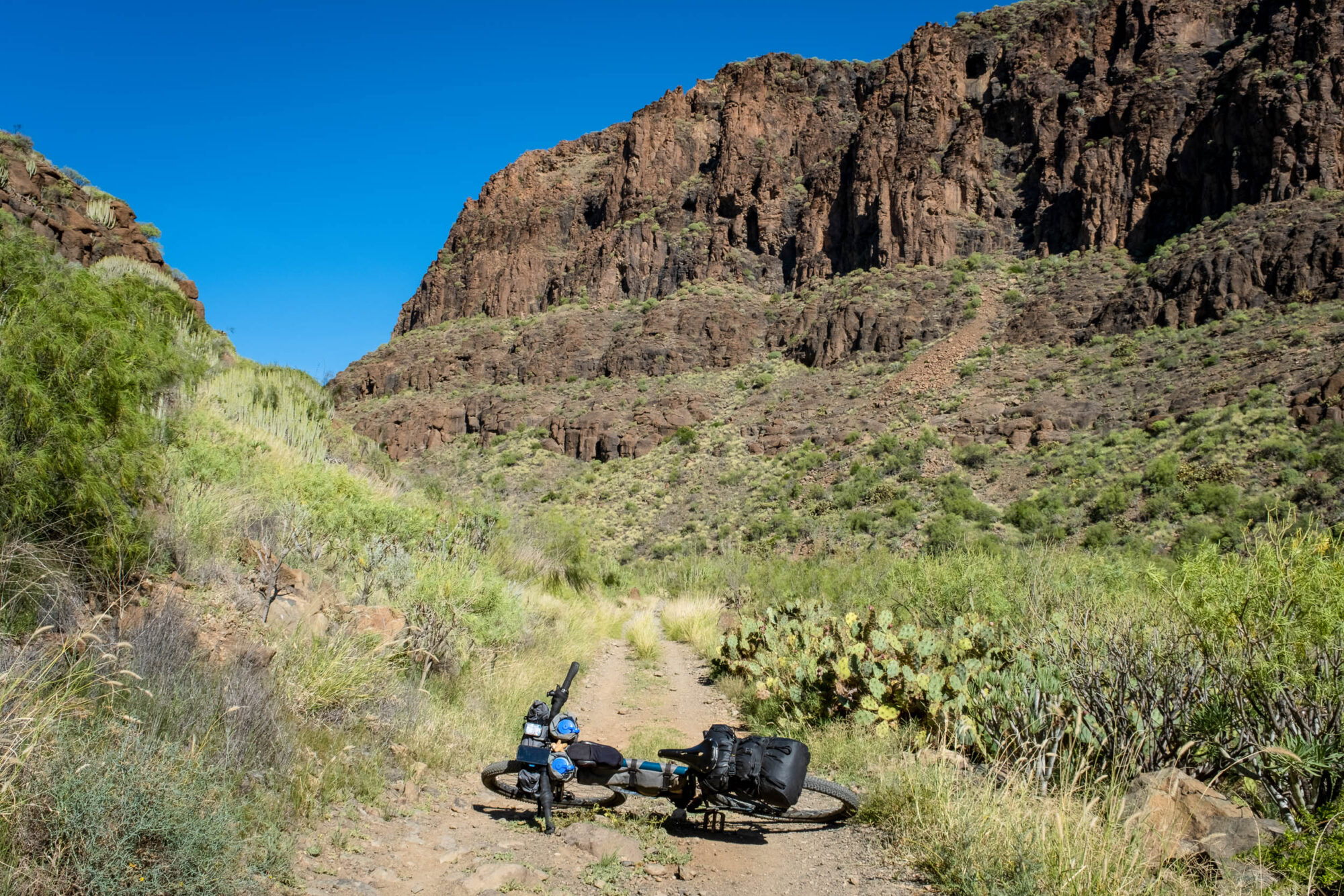
All of the Canary Islands are unique and worth visiting, but I think Gran Canaria is by far the best of the bunch for bikepacking. One glance at a topographic map of the island will tell you that it’s incredibly mountainous, formed, as all of the Canary Islands were, by volcanic activity dating back millions of years. Despite measuring only around 50 kilometres (30 miles) in length, the high point of the island is an impressive 1,949 metres (6,394 feet), and dozens of deep valleys run down from this central caldera towards the coast, creating a dramatic landscape rich in mountains, canyons, and remarkable towering rock formations. Gran Canaria also has an impressive network of roads and trails throughout the island, so it has enormous potential for exploration.
I have now spent the best part of two winters in Gran Canaria, including several months in the mountains, both bikepacking and hiking. Yet, even now, I still don’t feel like I’ve seen everything, which is remarkable considering you could cycle a full loop of the island in just a single day.
I was hooked as soon as I first set eyes on the central caldera area, an astonishing landscape that I came to think of as the “Valley of Dreams.” Overlooked by the enormous monolith of Roque Nublo and centred around the cathedral-like sculpture of Roque Bentayga, it’s a ludicrously impressive area. Cycling through it, especially in the golden hour just before sunset, is a magical and unforgettable experience. The Valley of Dreams is the jewel on the crown, but the more I explored Gran Canaria, the more I came to realise just how much more there was and how many varied route options there were to choose from.
I was also struck by just how different the island’s mountainous interior is compared to its coast. With a few notable exceptions, most of Gran Canaria’s coasts are heavily built up, busy, and touristic, and I’ve never been a fan of that kind of thing. However, venture up into the mountains, and it’s a different world. There are few people, most of whom are found in the handful of pretty villages that dot the mountains. Outside of these, you usually have the views to yourself, and it feels completely separate from the coastal sprawl. I would never have expected to be able to feel such remoteness on a small island, especially one as popular as Gran Canaria. It’s a place that seems to exist in two worlds.

I started by bikepacking the GranGuanche Trail route, which crosses the island from east to west, connecting the ferry port in Las Palmas de Gran Canaria with the one in Agaete. It’s a fantastic route with superb riding, making for a great introduction to the island. Because it’s primarily designed as a race route to connect the ferry ports, it’s relatively direct. Once I’d started exploring the island in more depth, I realised that it missed some of my favourite areas, which is understandable since their inclusion would have made for some challenging detours in an already tough race.
The idea of building a new route for Gran Canaria came about gradually. I had a few friends come out to join me for various bikepacking holidays on the island, so I wanted to plot a route that we could ride together to showcase why it was so special. Over the following months, using my visiting friends as guinea pigs, I gradually fine-tuned a loop around the island, which I started referring to as the “Gran Canaria Grande.” I used some of the best parts of the GranGuanche route and expanded it to include some of my favourite areas, tracks, and trails from the rest of the island. Gradually, my route started taking shape.
It was, at times, a frustrating experience, as I found it impossible to include everything I wanted in a way that flowed. Often, the only way to connect two great sections would be stringing them together with steep and rocky hiking trails up and over into a neighbouring valley, which would have meant hours of gruelling hike-a-bike. The hiking trails in Gran Canaria are usually quite technical and rather challenging on a loaded bike, so I was reluctant to include too many of these on my route, even if I loved riding them myself.
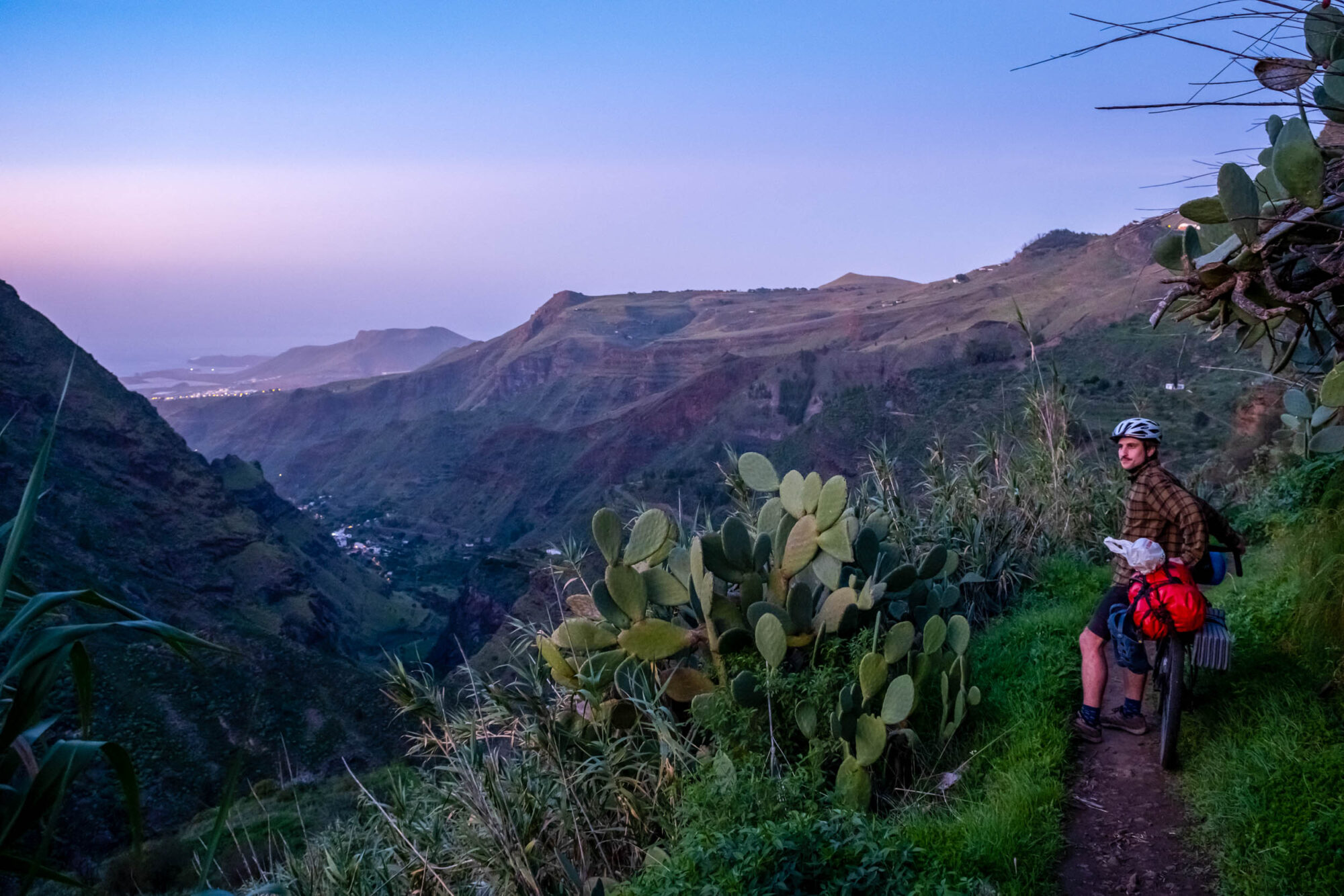
I wanted the route to be as accessible as possible, which meant being rideable on a gravel bike, eliminating some of the gnarlier singletrack sections. Ultimately, I had to accept that I wouldn’t be able to include everything I wanted to whilst still keeping the route down to something rideable in four or five days. It was a good problem to have, but it was difficult to decide which bits to include and which bits to cut. It was all so spectacular, and I wanted to include as much as I could. I felt the timescale was important as it would allow someone visiting for a week to complete the route with a few extra days to relax in the sun. I also didn’t want it to be a rush; Gran Canaria is far too beautiful to breeze past.
When I eventually left Gran Canaria after my first winter, I’d just about finished putting together my route but hadn’t had time to fine-tune the details or ride a complete loop of the final GPX. I finished tidying up the GPX over the summer. In December 2022, I persuaded another friend, Egon Klett, to join me as my final bikepacking guinea pig before declaring the route ready to ride.

Along with the route, I decided to put together a documentary film covering our maiden ride of the Gran Canaria Grande, and I’m thrilled with how they’ve come together. Filmmaking is relatively new to me, and I’m entirely self-taught, so I still have a lot to learn, but I was pleased to find that the process has already become much smoother. My new film on the Gran Canaria was far easier to make than the last one I put together about the Kenya Bike Odyssey, despite being quite a bit longer. The addition of a drone is also a game-changer, and I’m glad I made the investment.
Starting and finishing in Maspalomas, the route is 265 kilometres (165 miles) long and includes a hefty 7,100 metres (23,300 feet) of climbing, so good fitness and strong legs are needed to ride it. You’ll want to pack light, too! The route is perfectly doable on a gravel bike, although I’d still opt for a mountain bike if given a choice. Whichever bike you choose, bring some low gears. Resupply is generally easy; villages and shops have been marked on the map. There are some fantastic wild camping opportunities in Gran Canaria, some of the best of which have also been marked. There are also a handful of designated free public campsites along the route. These have also been noted and are well worth utilising.
Logistically, the route is straightforward. I would suggest booking accommodation in or near Maspalomas for the nights before and after you set out on the route. That way, you’ll have somewhere to store a bike box and extra luggage while in the mountains. Buses and taxis run regularly between Maspalomas and the airport, so getting between the two is straightforward.
One essential thing to note is that you should be very careful if using a stove, and you should never make a fire of any kind. Gran Canaria can be powder dry in places, and devastating wildfires have happened in the past, so don’t take any chances.
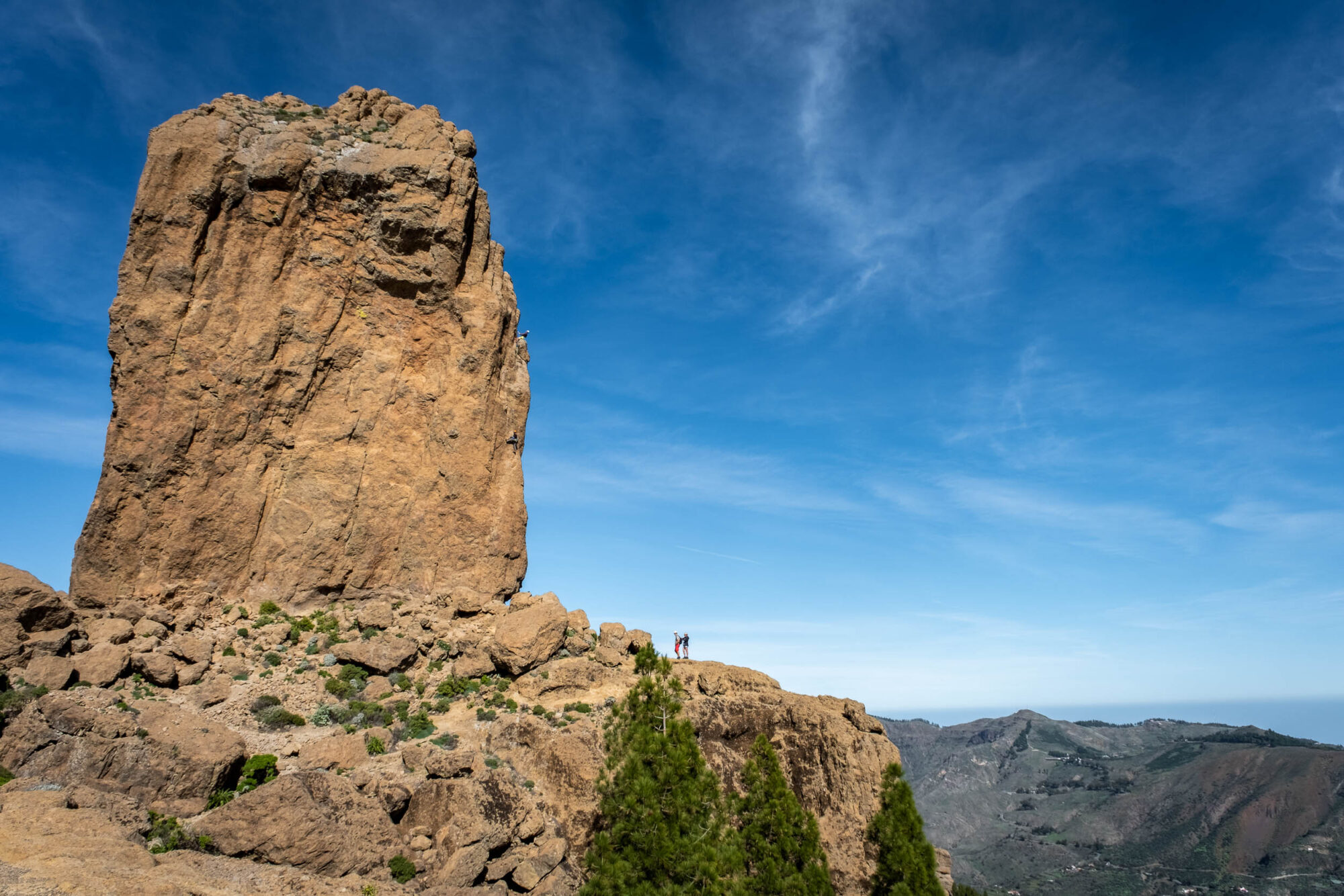
The Gran Canaria Grande is now ready to go, and I think it’s just about perfect for a week’s bikepacking escape, especially in winter when most of the northern hemisphere is cold and dark. At that time, Gran Canaria is still usually warm and bright. It’s an amazing place and a fantastic route, so I’m pleased to share it with you!
The Route
In total the Gran Canaria Grande route is 265 kilometres (165 miles) long and includes a hefty 7,100 metres (23,300 feet) of climbing. It should take most riders around five days to complete, and it’s made up of a mix of surfaces that includes 36% unpaved roads/trails and 3% singletrack. It’s almost entirely rideable and has a high point of 1,949 metres (6,394 feet). In terms of difficulty, I’d rate it a 7/10 overall. You can find the full GPX below.
Related Content
Make sure to dig into these related articles for more info...
Please keep the conversation civil, constructive, and inclusive, or your comment will be removed.






